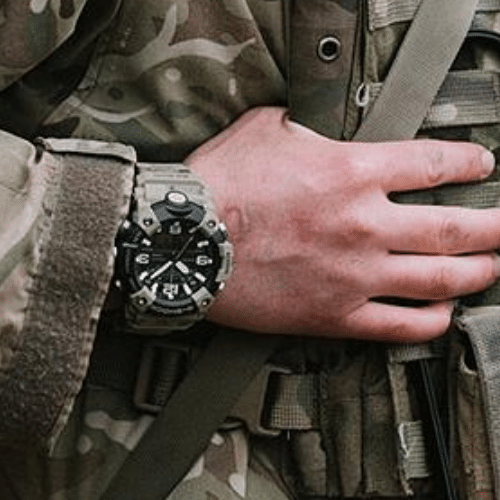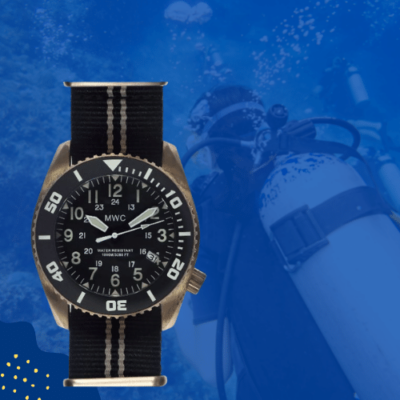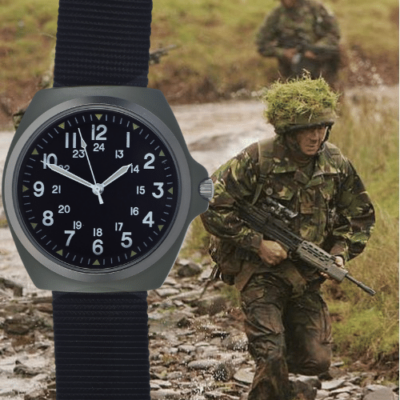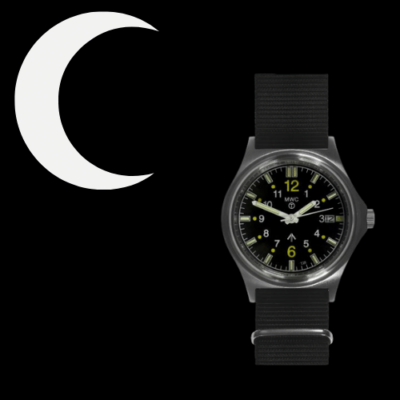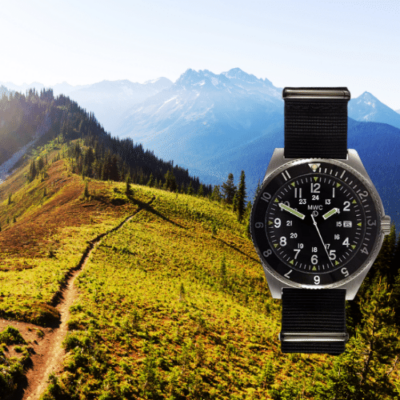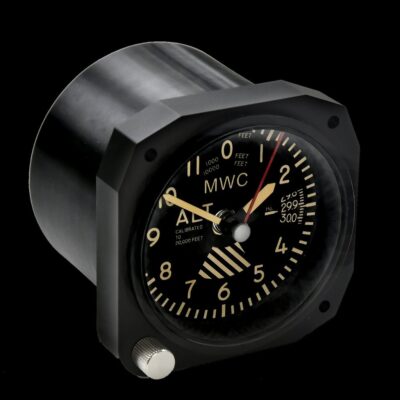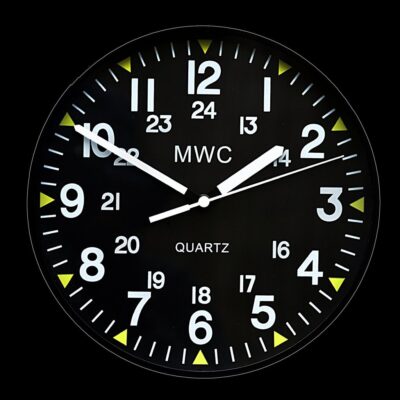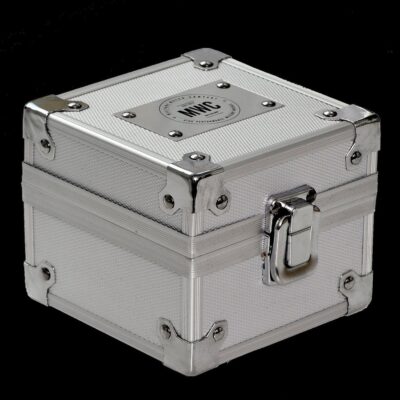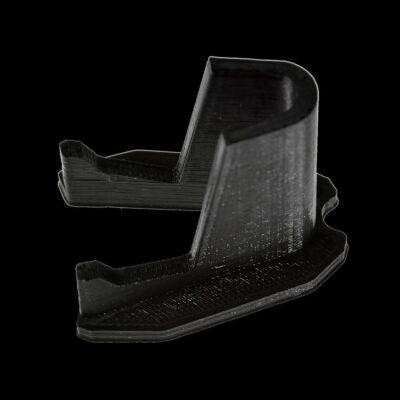News
Russia’s Su-57 Fighter Continues to Receive Updates Based on Ukrainian Combat Experience
The design and capabilities of the Su-57 fifth generation fighter have continued to be enhanced based on its ongoing real-world combat experience, according to a statement by chief of the Sukhoi Design Bureau’s flight service Sergey Bogdan. Speaking shortly after the Dubai Airshow, where a Su-57 prototype was deployed for demonstration flights, Russian sources have particularly emphasised the unmatched degree of combat testing the fighter has been put through in the Ukrainian theatre to seek to market it for export. “Continuous improvements are underway. All deficiencies identified during testing and actual combat are swiftly addressed and refined. It may sound unusual, but as test pilots, we see our primary task in evaluating specific flight modes and provide feedback. The routine work of implementing changes falls to the Su-57 program directorate and the design bureau,” Bogdan stated.
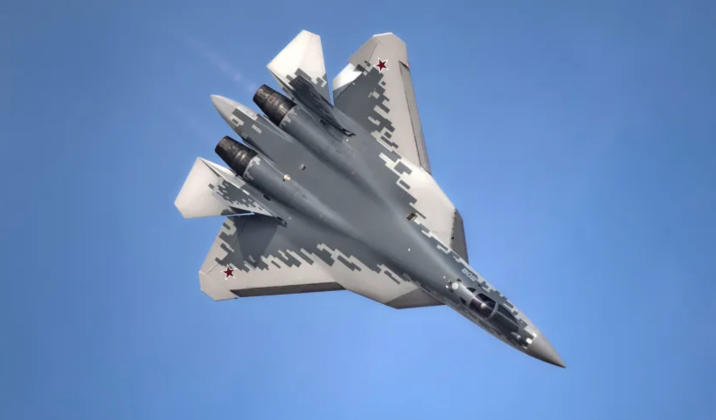
Su-57 operations against Ukrainian targets have included air defence suppression, air-to-air combat, and operations in heavily defended enemy airspace, as well as a range of precision strike missions, with Russian military pilots reported to have expressed satisfaction with its performance. Elaborating on how combat testing has allowed the design to be improved, Bogdan noted: “I know the aircraft is actively in use, and Russian Air Force pilots speak very positively about it. Our role as test pilots is slightly different – we focus on identifying shortcomings rather than strengths. We submit detailed reports on any deficiencies, whether minor or major. There are hundreds of these reports, ensuring that issues are promptly addressed.” The Su-57 was confirmed to have begun to be operated abroad in November 2024 when two of the aircraft entered service in the Algerian Air Force, with updates and improvements expected to be shared with this African strategic partner.
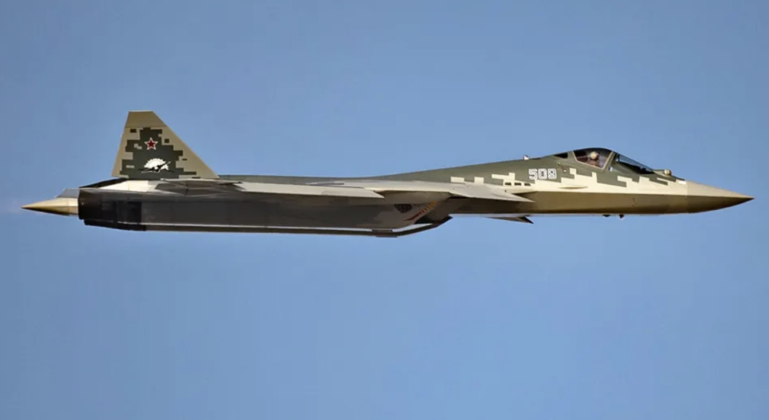
Although the rival American F-22 and F-35 fifth generation fighters have been tested in combat, operations have overwhelmingly targeted scantly armed adversaries such as the Taliban and Islamic State, with neither of the aircraft having integrated air-to-surface missiles or launched more complex strikes. This remains a unique selling point o the Su-57 within its generation. The F-35 is only expected to begin integrating such missiles once Block 4 upgrades are applied in the early 2030s. Predicting the future of testing efforts, Bogdan stated:
“An aircraft can remain in service for 20 to 30 years, yet it will still undergo testing. Whenever new missiles or guided bombs are developed, additional test programs are initiated. We evaluate manoeuvrability, stability, and durability, testing with both symmetrical and asymmetrical weapon loads, and assessing target lock and performance in jamming conditions. There is a comprehensive range of tests. Until the aircraft is decommissioned, it will continue to be refined. We incorporate all modifications and innovations before they are introduced into production.”
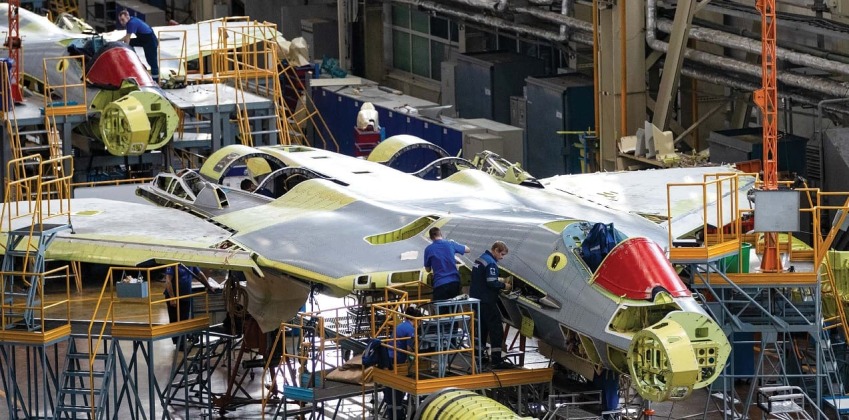
The Su-57 has continued to receive considerable interest from potential foreign clients, with Indian Defence Secretary Rajesh Kumar Singh having confirmed in July that talks for procurements were ongoing, after this had been reported by several months. The Indian Defence Ministry currently cosidering a license production deal, which could begin with the sale of two squadrons of Su-57s built in Russia, each of 20 fighters, followed by a further five squadrons produced in India. This would mirror the procurement of Su-30MKI fighters, which similarly saw an initial agreement reached for 140 fighters, of which approximately 50 were built in Russia before license production could commence, although the Defence Ministry later expanded orders to over 270 aircraft. Russia in May made an unprecedented offer to provide full access to the Su-57’s source code as part of a large license production deal with India, providing full autonomy in operating and customising the aircraft.

